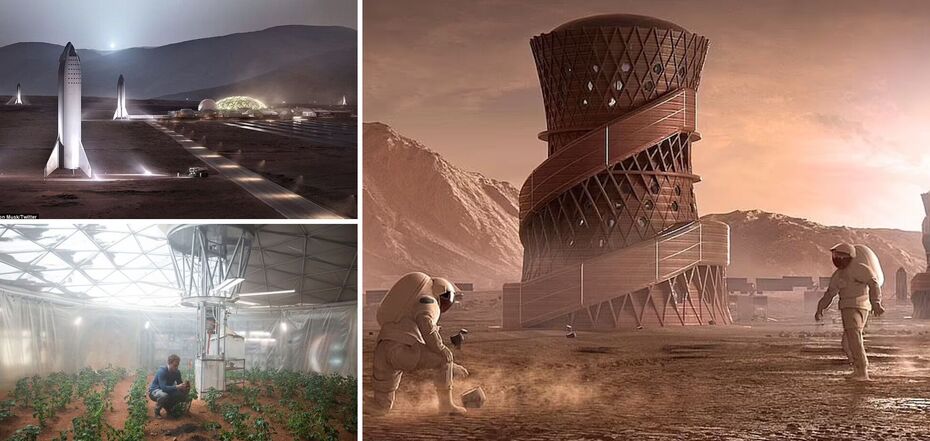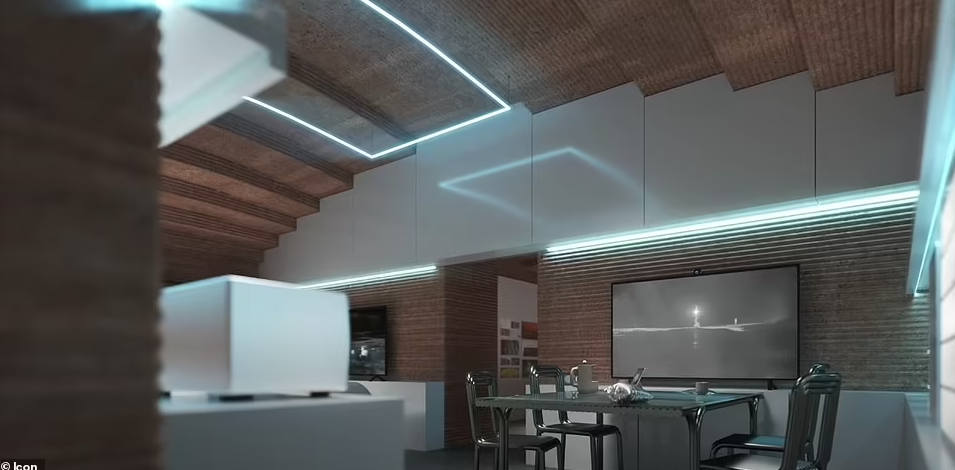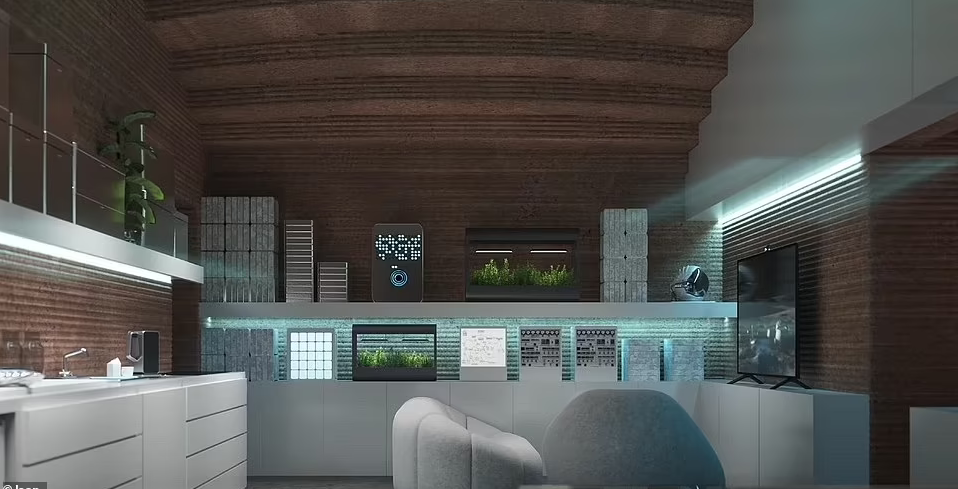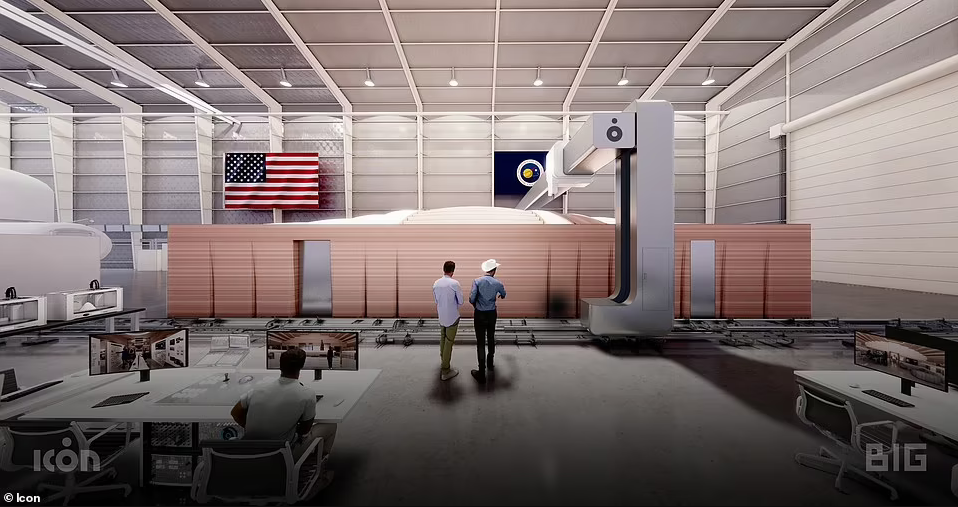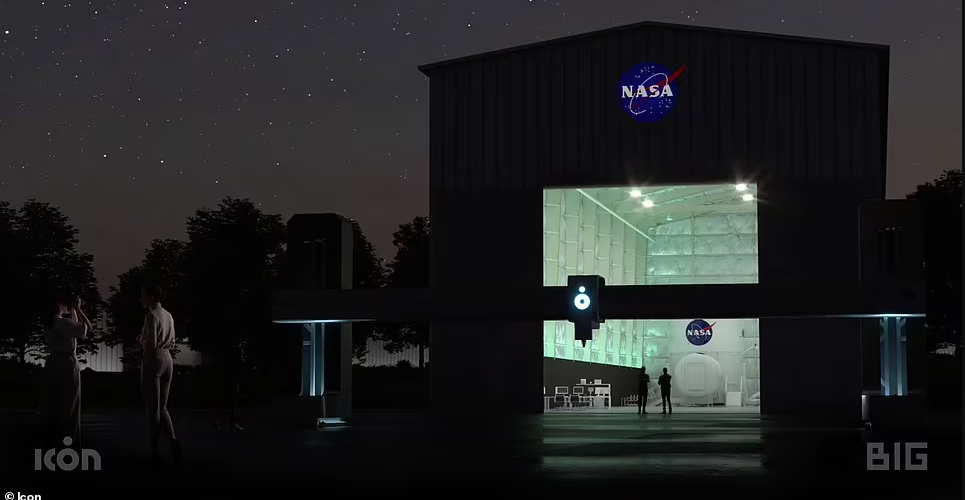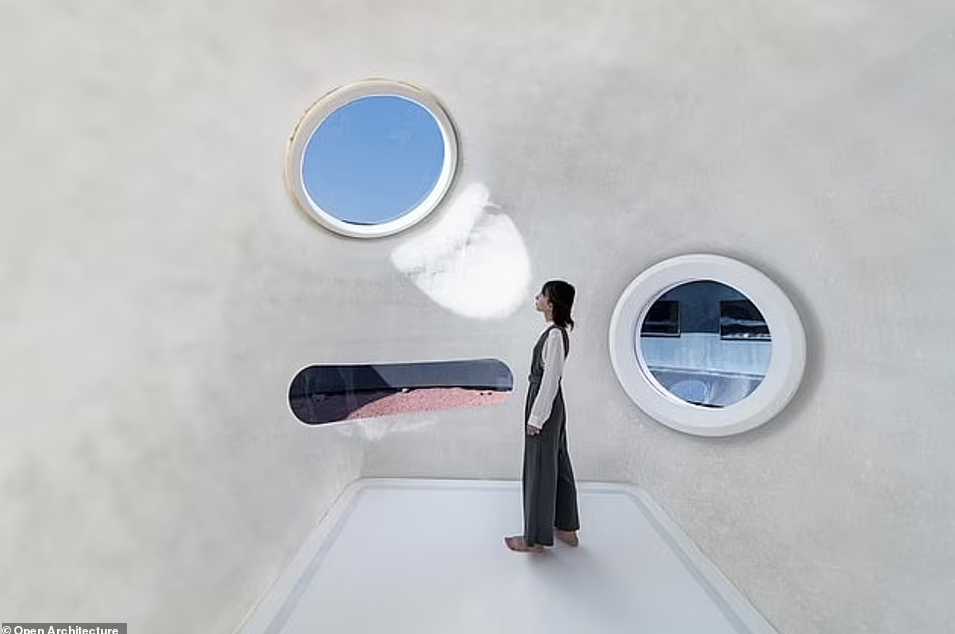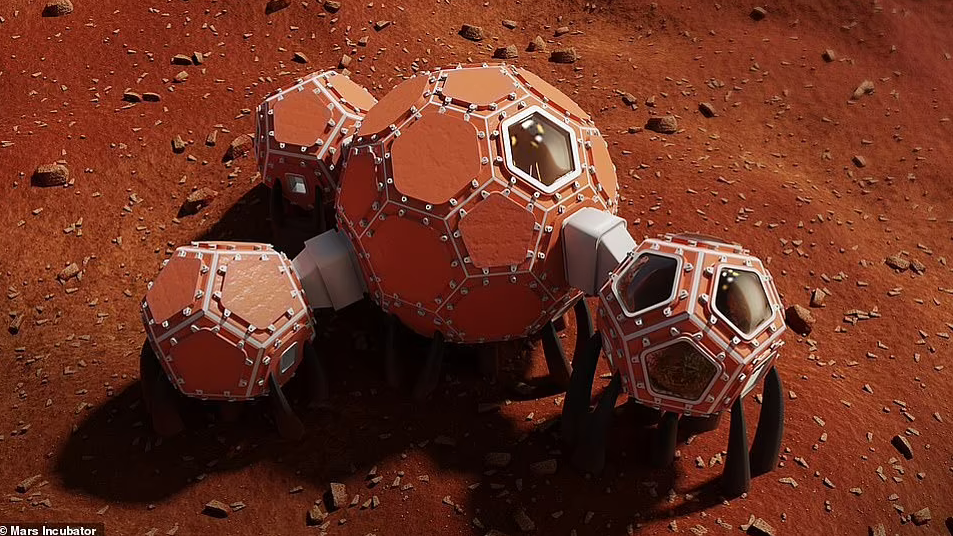News
What a human base on Mars would look like: concepts presented online. Photos and videos
For centuries, people have been fascinated by the Red Planet since it was discovered by Galileo in 1610. Initially, the idea of it was quite mystical, people believed that little green men lived on it. Today we already know a lot about Mars, scientists have discovered large reserves of water on the planet, which opens up new prospects for research and expeditions, as well as for the potential placement of a base with people on the Red Planet.
The article by MailOnline discusses what a human base on Mars would look like to be able to survive on it. The publication reviewed some of the leading concepts from space companies around the world to get an idea of the visions of life on Mars and which ones are most likely to happen.
One such idea, developed by Texas-based building technology startup ICON, is being implemented in partnership with NASA. The building is printed on a 3D printer and includes a 55-inch TV, a gym, and areas for growing crops.
A 158-square-meter "habitat" known as Mars Dune Alpha is under construction at the Johnson Space Center in Texas.
In August, NASA announced that it is looking for volunteers to participate in a project to simulate life on Mars, which is set to begin in the fall of 2022.
There will be three such missions in total, each consisting of four crew members living and working in a 3D-printed ICON module.
The habitat will mimic the challenges of a Mars mission, including resource constraints, equipment failure, communication delays, and other stressors.
Crew tasks may include simulating spacewalks, scientific research, using virtual reality, and controlling robots.
"This is the highest quality simulation of the environment ever created by humans," said ICON co-founder Jason Ballard.
According to him, Mars Dune Alpha is designed to serve a very specific purpose - to prepare people for life on another planet.
"We wanted to develop the most accurate analog possible to help humanity realize the dream of space travel," he said.
Other common concepts include the "Mars Case" by the Chinese firm Open Architecture and Elon Musk's "Mars base alpha," which the SpaceX founder first announced three years ago.
Recently, he also unveiled a plan to deliver a "futuristic Noah's Ark" to Mars, but scientists ridiculed him, noting that Musk's statement was nothing more than a "brilliant sound" and that in reality this idea would be incredibly difficult to implement.
The images previously published by Musk show his company's Starship Super Heavy rocket standing on the surface of the Red Planet, with the dome of the base and something similar to solar panels in the background.
Musk, in response to a question about when a base could be built on Mars, wrote on Twitter: "Probably by 2028, the base will be built."
Meanwhile, the Beijing-based design firm Open Architecture partnered with Chinese tech giant Xiaomi to create the Mars Case living space, which was unveiled in 2018. It measures only 2.4 m in length, 2.4 m in width and 2 m in height.
A "living bubble" attached to the base, it can be inflated, rolled up and folded. Inside, there is a main living area, something similar to a bathroom, a desk, a few chairs, and a place to store things. There are even windows attached to the bubble structure that pop out when inflated.
The Red Planet simulator, built in China's Gobi Desert, is a 53,330-square-meter complex.
The Chinese space agency CNSA hopes that in the future this camp will become a center for researchers and adventurers who can experience the challenges faced by astronauts on Mars.
The location was chosen to imitate the landscape and harsh living conditions on the Red Planet as much as possible.
The white base has a silver dome and nine interconnected container modules, including living quarters, a control room, a greenhouse, and an airlock.
The facility can accommodate up to 60 people.
Meanwhile, scientists at the Swiss Federal Institute of Technology Lausanne (EPFL) have developed a self-sustaining research facility that could potentially support manned missions for several years.
The multi-stage plan includes sending a robot to Mars to build the base, utilize the Red Planet's natural resources, and eventually send a crew to its surface to live there for at least nine months.
According to scientists, the research base will consist of three different modules.
The main device of the base will include a central core 12.5 meters high and 15 meters in diameter. Scientists describe it as a "minimal living space" that will contain all the necessary things.
Three living capsules will be attached to the core through airlocks.
The space is covered with a dome of polyethylene fiber and a three-meter layer of ice, making it look like an igloo.
According to the scientists, who first shared their vision in 2018, the dome will also serve as additional living space, provide a second barrier to protect the crew from radiation and micrometeoroids, and help maintain a constant pressure inside the base.
In addition, the developers plan to create a crane system that will revolve around Mars and serve as a transit point for shuttles arriving with goods from Earth and a base on Mars.
This concept was presented in a NASA competition of 3D-printed living spaces that could be used to colonize the Red Planet in the coming decades.
The three winners are: SEArch+/Apis Cor - first place, Zopherus by Rogers - second place, and Mars Incubator, which took third place.


